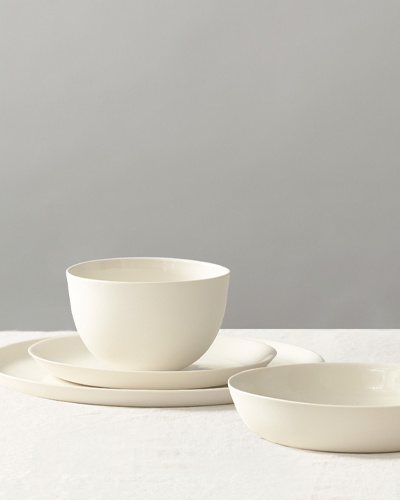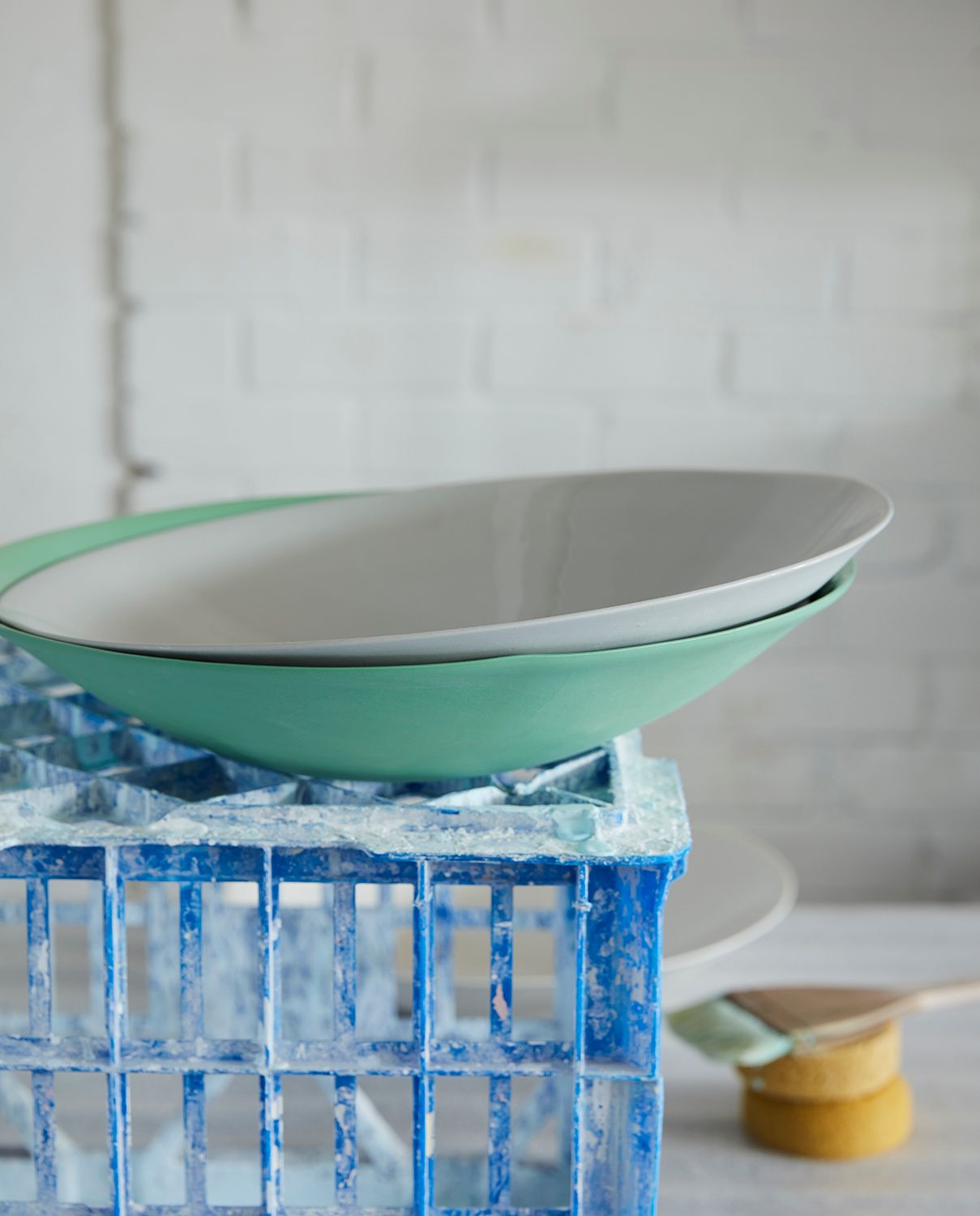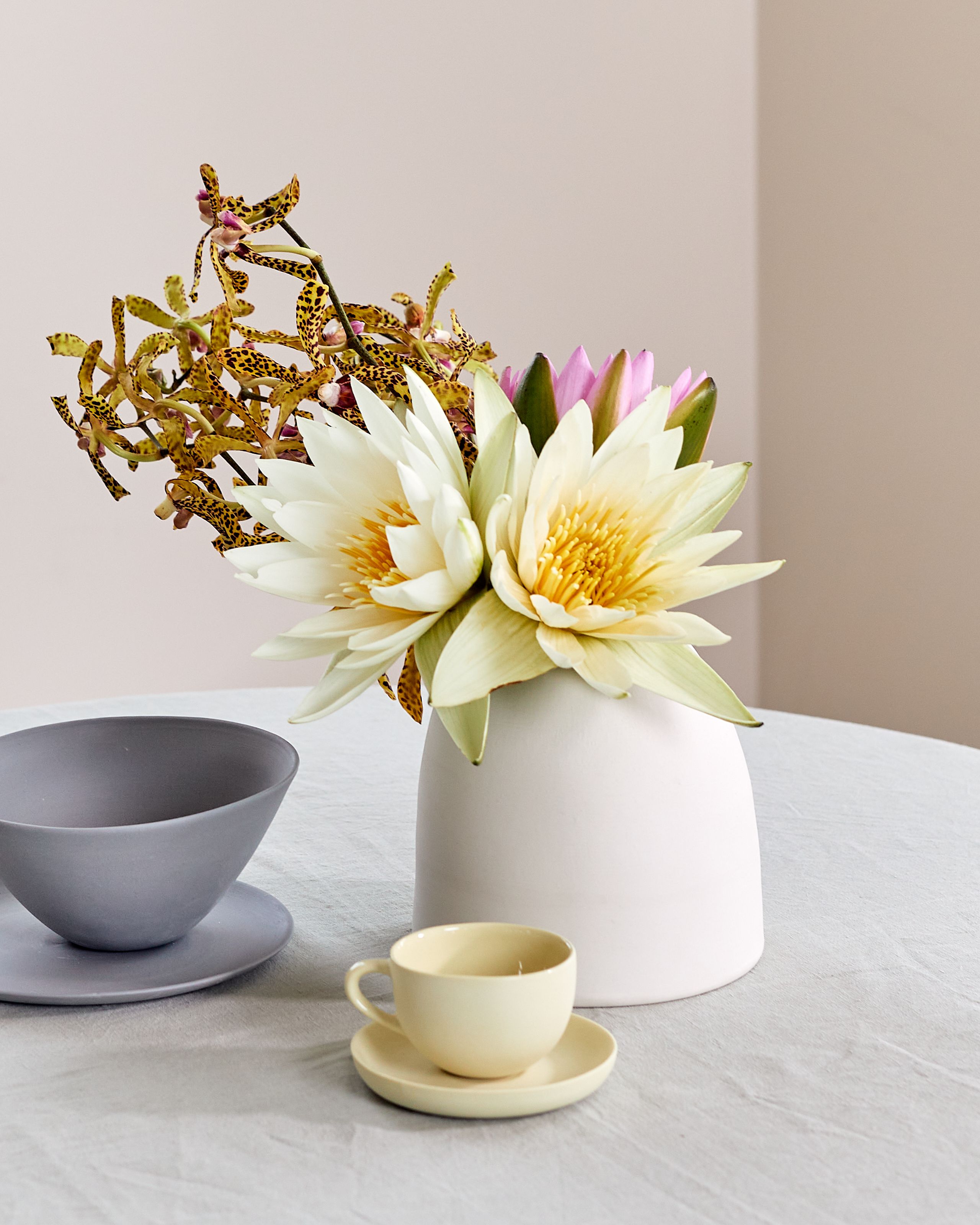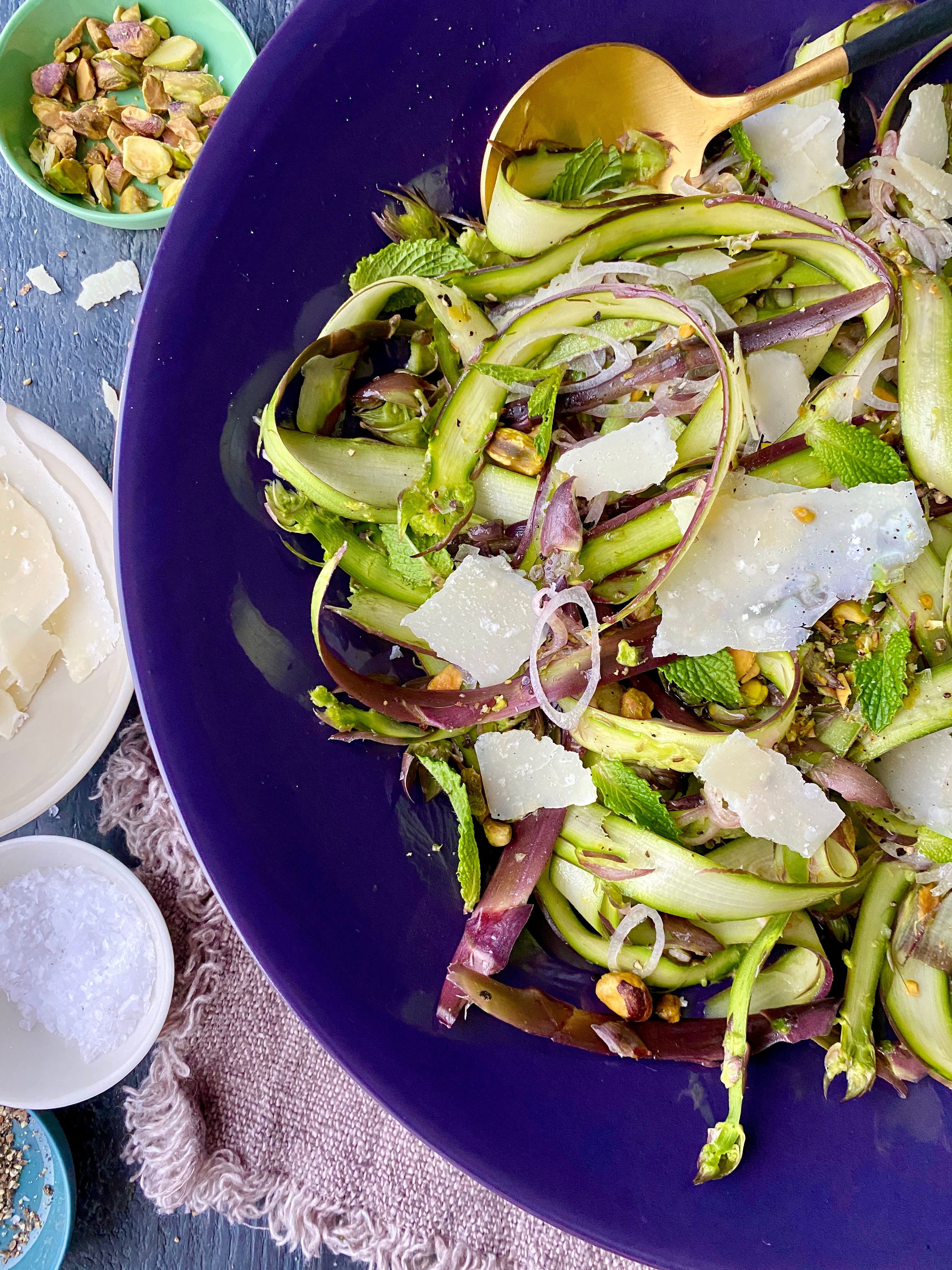Since 1994, Mud Australia has created elegant and timeless porcelain homewares. AU
The original Mud Australia store opened in Woollahra in 2007. Since then we’ve opened 12 stores globally.
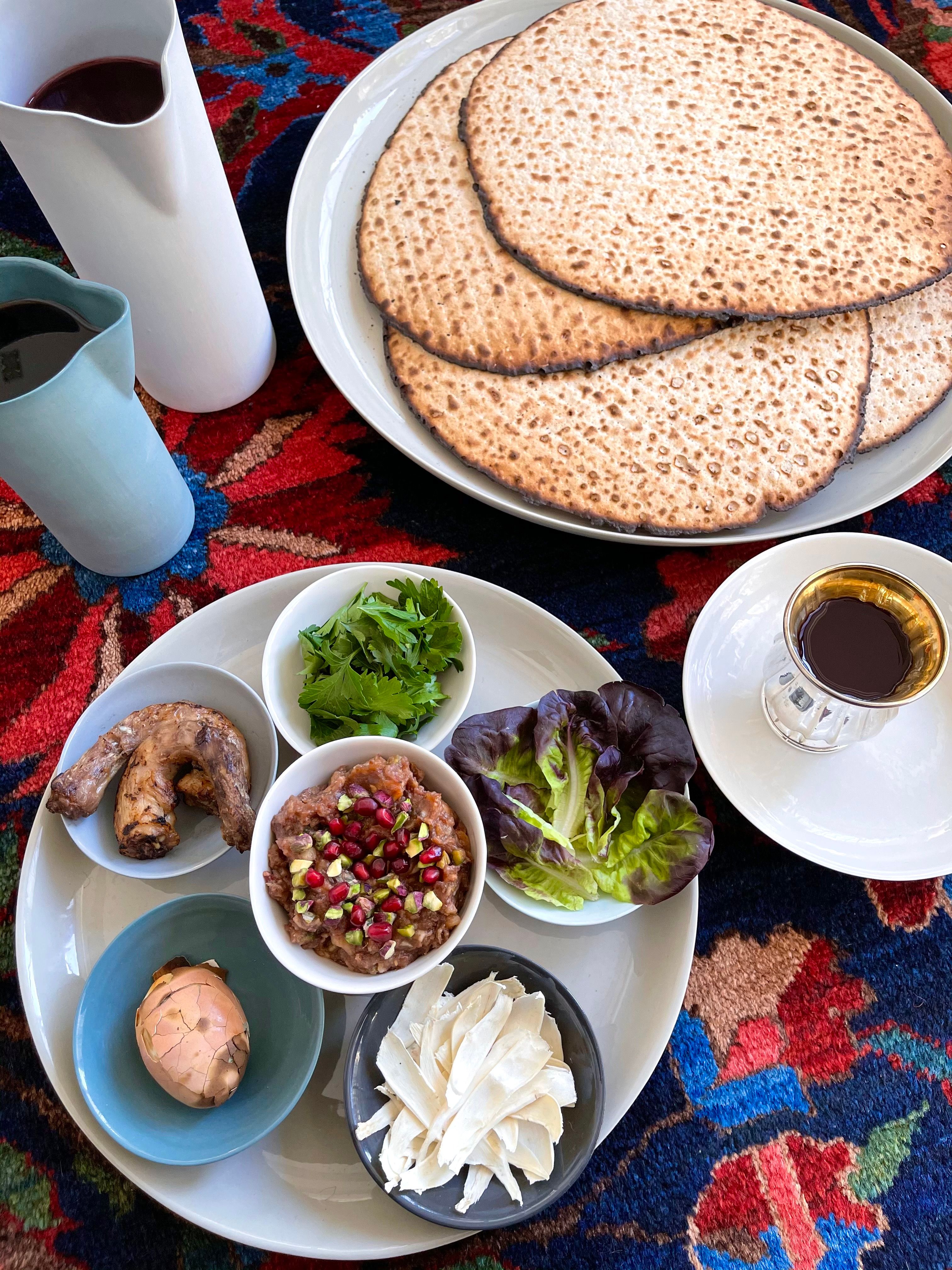
For Passover, we have invited Lainie Cadry of @lainieskitchen to enlighten us on all things Passover, and more specifically the art and heritage of building a traditional seder plate.
The Jewish festival of Passover commemorates the liberation of the Jewish people from Egyptian slavery over 3000 years ago. The commencement of the festival is marked by a Passover Seder or feast. Central to the evening is the seder plate, consisting of six symbolic foods which enliven the recounting of a 3000-year-old story.
Similar to the story of the Jewish people’s exodus from Egypt, my grandparents also fled persecution, from both Europe and Iran. My paternal grandparents Rebecca and Jacques Cadry left Persia (Iran) in the 1950s, seeking a safer life for their family. My maternal grandfather, Gershon Wilkenfeld, escaped Nazi Germany to Israel at just thirteen years old. Many years later, he was reunited with his father in Australia, the only living survivor of his family. My family’s heritage greatly shapes both the way I cook and engage with food and the significance of its presentation.
In our family we have a tradition where before Passover comes in, many of my aunties and cousins come together to make the Charoset (Hallegeh), the sweet date and nut paste which sits on the seder plate, so adored by all my family and friends.
My family’s seder plate, whilst holding true to the essence of tradition, is shaped and influenced by my family’s unique cultural heritage. The influences of both my father’s Persian and mother’s, Eastern European heritage creates a kind of fusion where you’ll see distinctly Persian ingredients including pistachios, dates and pomegranate, combined with a more eastern European palette, including apples, walnuts, almonds and sweet wine.
Ingredients:
80g unsalted slivered or blanched almonds, roasted
80g raw walnuts
80g unsalted shelled pistachios, roasted
80g unsalted, roasted cashews
450g medjool dates, pitted and halved
150g fuji apple (approx 1 large), peeled, cored and cubed
200g soft pear (approx 1 large), peeled, cored and cubed
115g ripe banana (approx 1 large) peeled
1/4 tsp cinnamon
1/2 tsp sea salt flakes
70ml sweet kosher wine
100ml unsweetened pomegranate juice
Method:
In a food processor, pulse nuts together until they resemble a course rubble, pour into a large mixing bowl and set aside.
Next, place the apple, pear and banana into the food processor and blitz till you form a lumpy paste. Pour the mixture on top of the nut mixture and set aside.
Place the dates, wine, pomegranate juice, cinnamon and sea salt into the food processor. Blitz till smooth and well combined. Pour mixture into the bowl with nuts and apple mixture. Mix all three components with a spatula or wooden spoon till welcome combined.
Serve the Charoset on your Seder plate, as a side dish, with matzah or any application you please.
